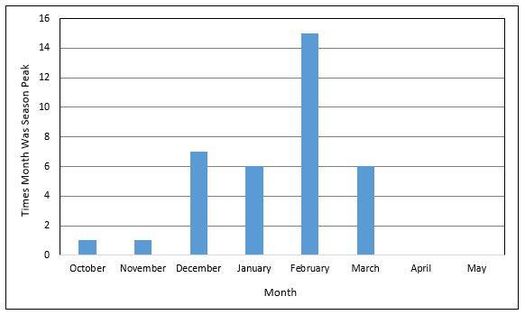Where did the flu go?

Where did the flu go?
A friend shared a post purportedly from a pharmacist who has noticed that prescriptions for Tamiflu, the most widely prescribed drug against influenza (the flu), are way below normal. The author then goes on to argue that all those “missing” flu cases are being manipulated into the COVID-19 count in order to inflate the severity of the coronavirus. My friend asked for comments from people in the medical field. So I responded. Here’s what I had to say.
Is it true that flu activity is below normal?
Yes. According to the CDC, as of Dec. 12 2020, influenza cases in the US are unusually low. https://www.cdc.gov/flu/weekly/index.htm
Are people who actually have the flu being categorized as COVID cases instead?
Possibly a few of them have, because the two infections can present with similar symptoms. However, we have tests that can distinguish between the two viruses. People who are counted as official COVID cases in the US had a positive test for the coronavirus, not just symptoms that could be flu. It’s possible some of them ALSO were infected with influenza virus, but probably not many because flu testing shows that there is little flu circulating right now. The CDC testing data for flu: in a recent week (“week 50”), about 30,000 flu tests were reported and about 75 (0.3%) were positive for flu virus. Compare that to COVID tests: “Nationally, during week 49, of 3,490,096 specimens tested for SARS-CoV-2 for diagnostic purposes, 462,922 (13.3%) were positive.” Source CDC That’s a positivity rate for COVID about 45 times the flu rate. This means that very few of the people counted as COVID cases could also have flu.
Why so little flu this year (so far)?
- More Americans got the flu vaccine this year. “Walgreens has also seen an “unprecedented demand … for flu shots this season,” Dr. Kevin Ban, the chief medical officer at Walgreens, said in a written statement to ABC News. “We’ve seen double-digit growth in demand for flu shots this year.”
- Flu season is just beginning, so it’s possible that we might see a lot more flu later in the year. We can’t predict from year to year when flu activity will peak. The graph in my post header shows that some years it peaks in December, but most often flu activity peaks in February.
- A quiet flu season in the southern hemisphere. Influenza transmission flares in the winter (what we call “flu season”). The seasons are reversed in the northern and southern hemispheres, so the virus circulates somewhere year-round. The flu season in the southern hemisphere in 2020 (June/July/August) was strikingly mild. Source Flu normally travels to the north with people, so between a very low flu rate in the south, and the breakdown of international travel, it seems that very little flu was delivered to the US.
- The non-pharmaceutical interventions we’re using to stop the transmission of COVID also affect flu transmission. Masks, handwashing, distancing, staying at home, etc. can stop flu and will likely keep flu numbers way, way down for the 2020-21 season. Why are these measures working better for flu than for COVID-19? Probably they work equally well for both viruses, but the differences are: A) people are vaccinated against flu, so that boosts the effect, and B) we started the season this fall with a huge number of Americans already infected with the coronavirus, but virtually zero flu cases. Even if mask wearing impacts both viruses the same, from such a different starting point you’ll see very different end results.
For more on flu vs COVID, read my earlier post here.
Questions? Contact me.
Amy Rogers, MD, PhD, is a Harvard-educated scientist, novelist, journalist, and educator. Learn more about Amy’s science thriller novels, or download a free ebook on the scientific backstory of SARS-CoV-2 and emerging infections, at AmyRogers.com.


